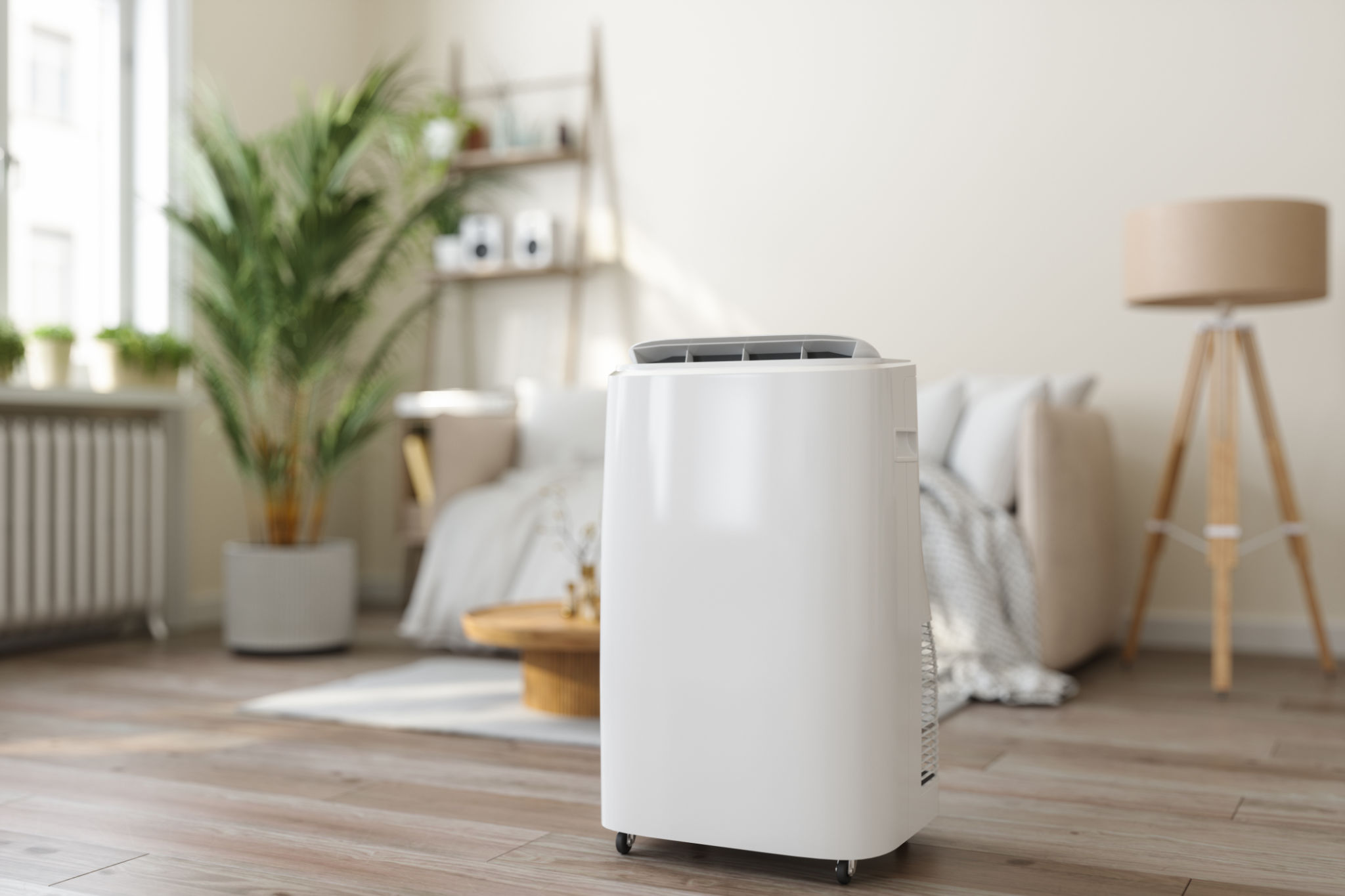Expert Tips for Maintaining Your Blinds and Drapery in Humid Weather
Understanding the Impact of Humidity on Blinds and Drapery
Humidity can be quite the adversary when it comes to maintaining the longevity and appearance of your blinds and drapery. Excess moisture in the air can lead to a variety of issues, such as mold growth, fabric discoloration, and warping of materials. Understanding how humidity affects these window treatments is the first step towards proper care.

Blinds made of wood or faux wood can warp or crack in high humidity, while metal blinds may rust if not properly treated. Likewise, drapery fabrics can absorb moisture, leading to mildew or unpleasant odors. The key to preserving these elements lies in regular maintenance and choosing the right materials for your environment.
Choosing the Right Materials
When selecting window treatments for a humid climate, opt for materials designed to withstand moisture. For blinds, consider aluminum or PVC as they are resistant to warping and rust. For drapery, synthetic fabrics like polyester or acrylic are preferable as they are less likely to retain moisture compared to natural fibers.
Additionally, look for moisture-resistant finishes on any wood products if you prefer the classic look of wooden blinds. These finishes provide an extra layer of protection against humidity-related damage.
Regular Cleaning and Maintenance
Consistent cleaning is crucial to preventing mildew and maintaining the appearance of your blinds and drapery. Here’s a simple maintenance routine:
- Dust frequently: Use a microfiber cloth or a vacuum with a brush attachment to remove dust weekly.
- Spot clean: For drapery, use a mild detergent and water solution to tackle any visible stains immediately.
- Deep clean: Every few months, consider professional cleaning services to keep your window treatments in top condition.

Ensure that blinds are completely dry before rehanging them to prevent warping or mold growth. For drapery, make sure they are fully dried after washing to avoid any lingering dampness.
Control Indoor Humidity Levels
Maintaining an optimal indoor humidity level can significantly extend the lifespan of your blinds and drapery. Utilize dehumidifiers or air conditioning units to keep humidity levels in check, ideally between 30% and 50%. This not only protects your window treatments but also contributes to a more comfortable living environment.
Incorporate natural ventilation by opening windows during less humid times of the day to allow fresh air circulation. This practice helps reduce moisture accumulation indoors.

The Role of Proper Installation
How you install your blinds and drapery can also impact their durability in humid conditions. Ensure that there is adequate space between the window treatments and the window itself to facilitate air circulation. This prevents moisture from being trapped between the window treatment and the glass.
Consider using a liner for drapery, which acts as an additional barrier against moisture. This liner can be easily removed and cleaned separately, protecting the primary fabric from excessive exposure to humidity.
Conclusion: Long-Term Care for Longevity
Caring for your blinds and drapery in humid weather requires some effort but is well worth it for preserving their appearance and functionality. By selecting suitable materials, performing regular maintenance, controlling indoor humidity, and ensuring proper installation, you can enjoy beautiful and long-lasting window treatments.
Investing time in these practices not only enhances the aesthetic appeal of your home but also ensures that your window treatments remain a functional part of your decor year-round.
